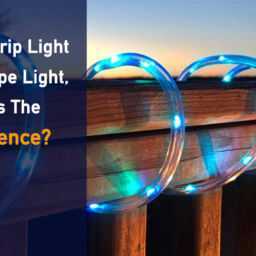Incandescent or vintage filament bulbs were a type of light fitting that were readily available in many consumer outlets that we shopped in. If a fitting at home stopped working we would go to the local shop and purchase a new one to screw into place. However, over the past decade these type of fittings have been phased out in favour of low energy consumption varieties. What is inside an Incandescent or vintage bulb? They are made up of a wire filament inside a glass housing.
This wire is heated up by passing electricity through it, this in turn will make the wire glow and make the fitting come on. The filament is encased in glass or quartz and sometimes has a gas inside which helps with the lighting effect. These types of fittings come in varying shapes and sizes and can be used for a variety of functions. The most obvious being a source of light in a room.
Many vehicles are fitted with filament bulbs, torches and bikes also use this type of fitting. Incandescent type fittings are less than 5% efficient, this means that 95% of the energy that is put into the fitting will be wasted and only 5% will be turned into light. A lumen is a way in which the output can be measured, the higher the lumen, the brighter the output. Incandescent fittings produce 16 lumens per watt.
As these type of fittings produce a high heat output along with the light that is emitted they are sometimes used for specialist applications. Incubators for hatching eggs, heat lamps for snakes and lizards and even the 1960s replica lava lamps all use these types of bulbs. Typically the top of the glass on a lava lamp can reach temperatures of 170 degrees Celsius.
Restrictions on these types of bulbs are coming into effect all over the world. Many countries including the European Union, The United States, and Brazil are slowly fazing out the usage of these type of high energy consumption fittings.
Within the European Union research suggest that 40 Twh (terrawatt hours) of electricity every year is being saved by not using these types of fittings. That equates to 15 million tonnes of CO2 emissions. The new technology in this field is led known as a light emitting diode. This type of fitting is much more efficient than the vintage type and has the capability of lasting several thousand more hours in normal use. They also produce a lot less heat than traditional fittings. Energy efficient type fittings are the most popular type of fitting on the market currently. The need for households to become more aware of the environment and to lower their co2 emissions has become a focus for many.
However, the market and requirement for the vintage filament type is still strong, many people still like the classy look of these type of fittings. The have their place in residential areas as well as specialist areas such as museums, bars and other indoor commercial purposes. Due to the restriction on the original type of incandescent fitting, the new type are known as ‘heritage’ and offer the same look and design of the original bulb.
They can be installed with a brass effect holder and if used with varying designs of electrical flex they can really add the touch of nostalgia to any room. Vintage fittings can still purchased form many online retailers. Completing a search online will bring up a whole host of companies that still offer the vintage type filament. Although not as energy efficient as led fittings they still offer a need for those requiring that touch of class and difference.

